The Neoclassical period provoked artists to convey serious moral ideas about justice, honor, and patriotism. Not many artists became successful in this period due to controversy and narrow minds.
Mary Edmonia Lewis, “Wildfire”, was an African American sculptor in the late neoclassical period. As a black artist, she had to be conscious of how she incorporated themes relating to black people and indigenous peoples into Neoclassical-style sculptures since they were presented to a largely white audience.
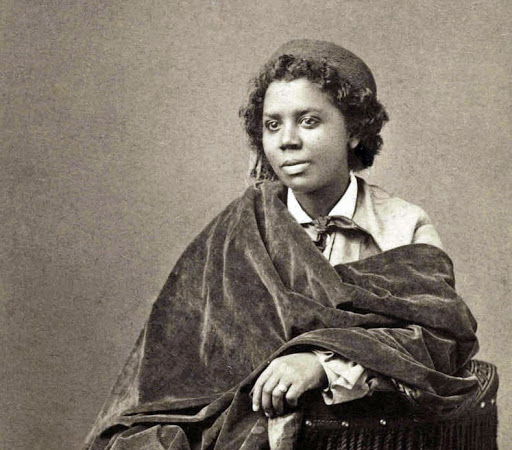
Her first success as an artist came from sale of medallions she made of clay and plaster. These sculpted portraits featured images of famous abolitionists, including Garrison, John Brown and Wendell Phillips. Not long after she created a bust of Civil War Colonel Robert Shaw.
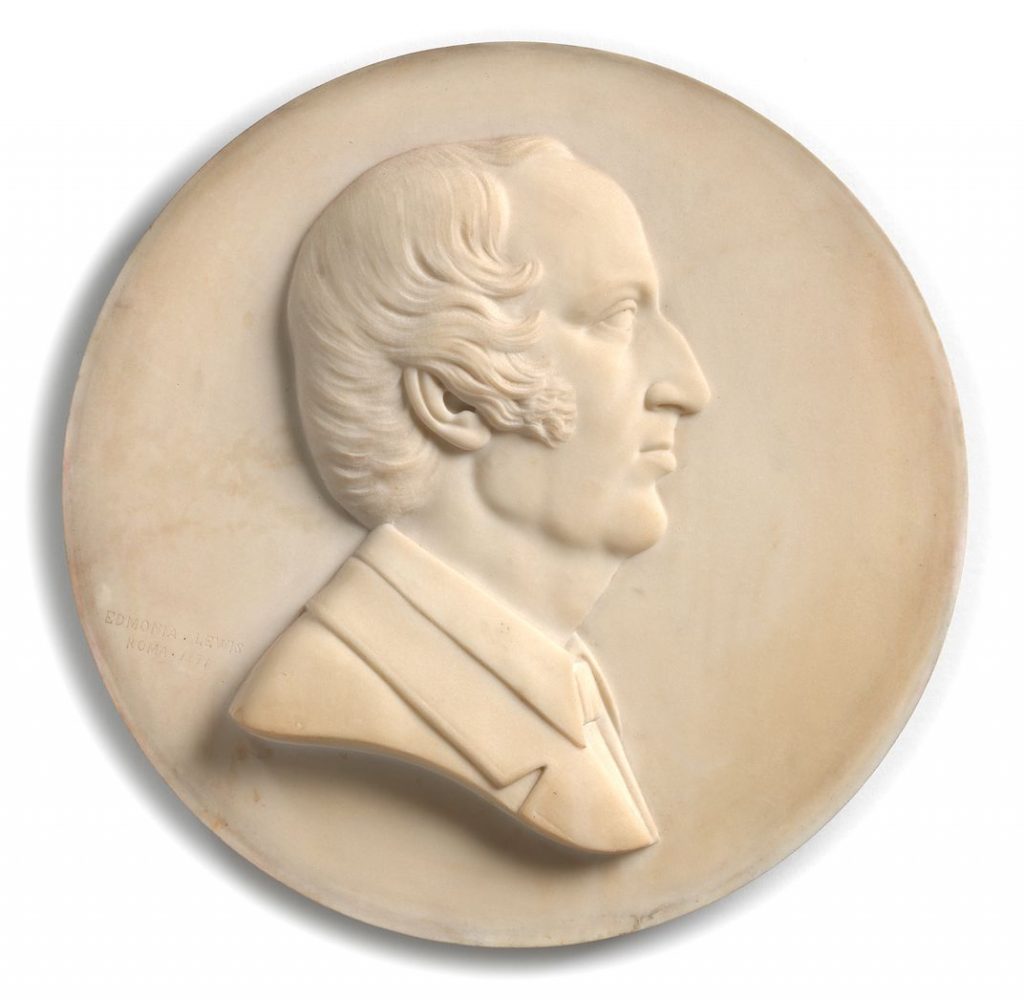
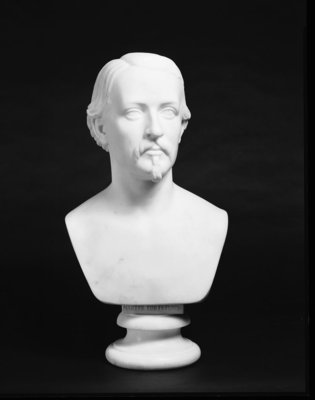
After moving to Boston, she traveled to London, Paris and Florence before deciding to live and work in Rome in 1866. In Rome, she created The Death of Cleopatra, her largest most powerful and controversial work. This peice took more than four years of her life to complete.
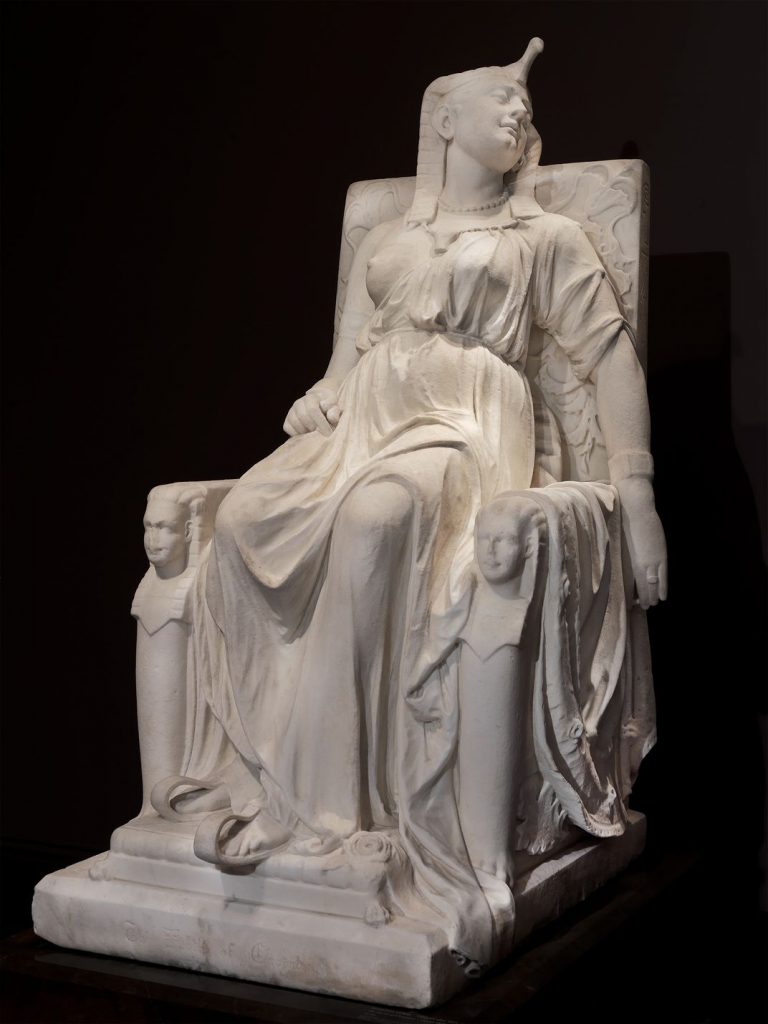
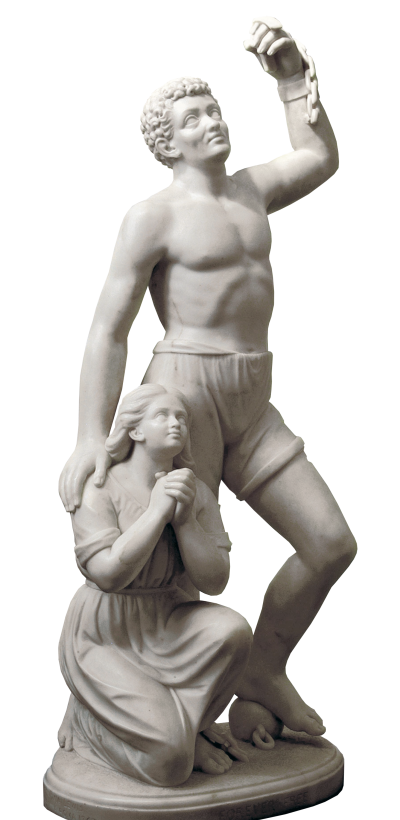
Mary Edmonia Lewis was the only black woman who had been recognized as a professional artist by American artistic mainstream. Even though she left behind some of her work, many of her sculptures have disappeared and a lot about her life and death remains a mystery. I believe Lewis is a true inspiration to all, as she broke gender and race expectations, and rewrote the 19th-century definition of a sculptor.
Bibliography
“Edmonia Lewis”. American Art, 2018, https://americanart.si.edu/artist/edmonia-lewis-2914. Accessed 24 Oct 2020.
George, Alice. “Sculptor Edmonia Lewis Shattered Gender And Race Expectations In 19Th-Century America”. Smithsonian Magazine, 2019, https://www.smithsonianmag.com/smithsonian-institution/sculptor-edmonia-lewis-shattered-gender-race-expectations-19th-century-america-180972934/. Accessed 23 Oct 2020.
Jeff Burgess
Hannah,
I’m a bit perplexed on your choice here of this sculptor to post your second blog on. (Is this really for 131?) First she is not a painter and second I really don’t think you can place her in the Neo-Classical period which began around 1760 and continued into the early part of the 19th century. The only place it really continued into the 19th and 20th century was in architecture. Anyhow her work is interesting but I think that you shouldn’t stray that far away from the themes we are concentrating on in this class.
Jeff
Jeff Burgess
Hannah,
I’m getting in touch with everyone today to give them their real marks for the mid term quiz. You scored a 27/50 which translates to a D.
Jeff